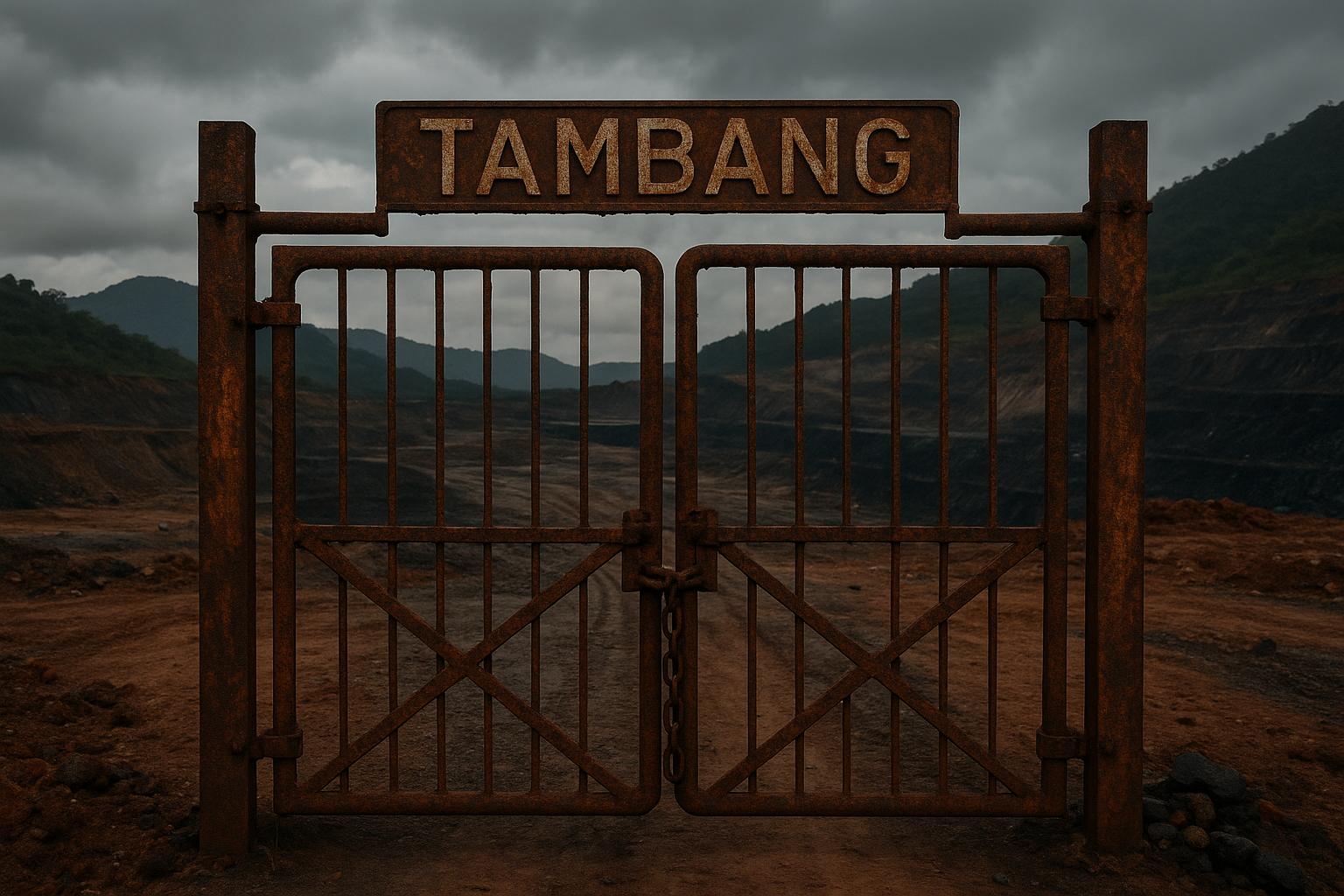Copper prices have surged recently both in China and London amid renewed concerns over supply disruptions and regulatory changes. The rally reflects mounting fears triggered primarily by Freeport-McMoRan’s sharp downward revision of copper output from its Indonesian Grasberg mine, coupled with signals from Chinese regulators about potential stricter controls on domestic copper smelting capacity.
In Shanghai, copper futures climbed close to half a percent to reach a six-month high, closing near 82,470 yuan (around $11,559 per ton). London copper contracts followed suit, rising to approximately $10,263 per ton. This price momentum was sparked by Freeport-McMoRan’s announcement that its 2026 output from Grasberg would be cut by 35% compared with previous targets. The mine had suffered a tragic accident early September when a heavy mud flow trapped miners underground, resulting in fatalities and a forced shutdown expected to last until mid-2026. Management anticipates a phased restart starting late next year with full pre-incident production levels potentially resuming in 2027. Despite the operational setbacks severely affecting Freeport’s near-term sales estimates for copper and gold, the squeeze on global copper supply has intensified market concerns and pushed prices higher.
At the same time, the Chinese copper industry is grappling with its own structural challenges. China, the world’s largest copper consumer and smelter, is reportedly examining stronger regulatory frameworks aimed at reining in the rapid expansion of its copper smelting capacity. Industry insiders, including major producers like Jinchuan Group and Zijin Mining, have raised alarms over destructive price competition leading to record-low processing fees and falling profits. Oversupply in smelting capacity has outpaced mined copper availability, intensifying pressure on concentrate supply and driving some smelters to operate at a loss or accept copper processing for free. The China Nonferrous Metals Industry Association has voiced support for government intervention to stabilize market conditions and avoid detrimental excess production capacity. These potential regulatory shifts are feeding into copper’s recent price appreciation as the market weighs the impact of tighter domestic supply controls alongside global production disruptions.
Analysts have also adjusted underlying supply forecasts in light of Freeport’s operational challenges. Goldman Sachs recently downgraded its 2025 and 2026 global copper mine supply projections, largely due to the substantial output loss from Grasberg. The bank estimates a total reduction of around 525,000 metric tons of copper supply between 2025 and 2026, revising its global mine production growth forecast downward from 0.8% to 0.2% for 2025 and slightly reducing 2026 expectations. This shift pushes the market outlook from a projected surplus in 2025 to an anticipated deficit, underpinning copper’s price resilience. Goldman Sachs also raised its copper price forecast for 2025 to a range of $10,200 to $10,500 per ton, reflecting tighter supply amid sustained demand. Their long-term outlook remains bullish, with expectations for copper to reach around $10,750 per ton by 2027 as supply-demand imbalances persist.
The strength in copper prices contrasts with other base metals such as nickel and lead, which have softened recently. Copper’s critical role as an essential input for sectors from renewable energy infrastructure to electric vehicles and electronics renders it particularly sensitive to supply shocks. With Freeport’s Indonesian disruptions limiting primary supply and China’s tightening stance on domestic smelting capacity, the market faces pronounced supply pressure risks. While higher copper prices increase costs for manufacturers, there is currently steady short-term demand as buyers restock ahead of upcoming national holidays, though the durability of this demand against rising raw material prices remains uncertain.
In summary, the copper market landscape is being reshaped by a convergence of significant supply-side challenges: Freeport-McMoRan’s injury-induced cutbacks at Grasberg, China’s ongoing regulatory recalibration to curb overcapacity and destructive pricing in smelting, and the resultant downward revisions in global supply growth forecasts. As copper prices hold near recent highs, market watchers will closely monitor how manufacturers respond to these elevated costs and how policy interventions in China ultimately influence supply dynamics. Given copper’s foundational role in the global economy, these developments carry implications beyond metal markets, potentially ripple through inflation for goods reliant on copper-intensive technologies and infrastructure.
📌 Reference Map:
- Paragraph 1 – [1], [4]
- Paragraph 2 – [1], [2], [7]
- Paragraph 3 – [3]
- Paragraph 4 – [1], [2]
- Paragraph 5 – [1], [4], [5]
- Paragraph 6 – [1], [2], [3], [7]
Source: Noah Wire Services
